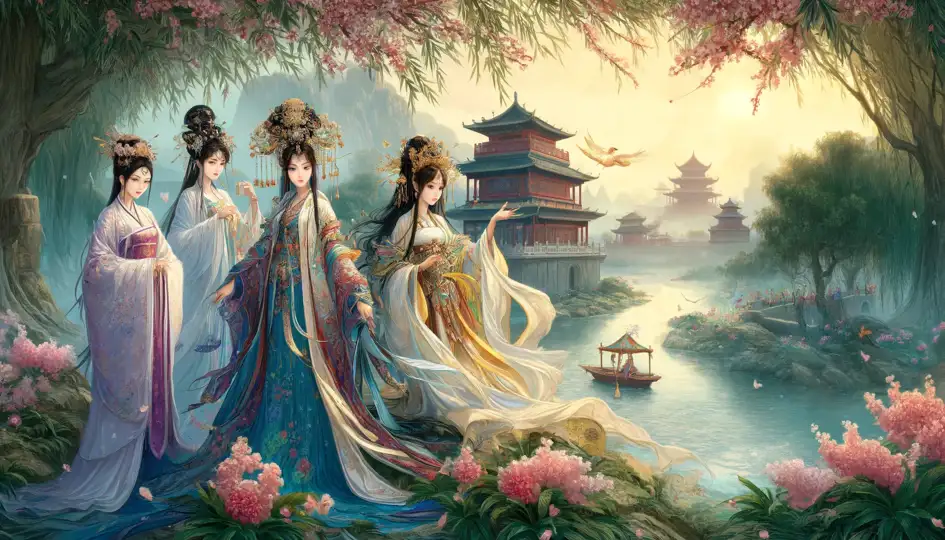China’s emergence as a global superpower is often attributed to its remarkable capacity for large-scale infrastructure projects, technological innovation, and rapid industrialization. In his insightful analysis, Dan Wang explores the dual nature of China’s ‘engineering state’—a term that encapsulates the nation’s emphasis on engineering prowess and the drive for progress. But with this ambition comes a deep underlying tragedy, shaped by both internal and external challenges.
The Grandeur of China’s ‘Engineering State’
China’s ‘engineering state’ is rooted in an immense, almost unparalleled, commitment to infrastructure and technological advancement. Whether it’s the construction of vast high-speed rail networks, state-of-the-art urban developments, or ambitious renewable energy projects, China’s engineers and planners have achieved monumental feats. The state-driven, top-down approach allows for swift execution of these grand designs, leading to an economy that is, in many ways, defined by its rapid expansion and progress.
Dan Wang, in his analysis, highlights the strategic brilliance of China’s economic model, one that leverages engineering expertise to secure geopolitical power and economic dominance. The sheer scale of China’s engineering projects offers a striking contrast to other nations, underscoring the ambition and discipline driving the country forward. The pride in these accomplishments is evident: China is transforming its cities, landscapes, and industries with impressive speed.
The Tragedy Beneath the Surface
Yet, as Wang observes, this engineering marvel is not without its tragic side. The relentless pursuit of development has led to significant social, environmental, and political costs. In his writings, Wang often brings attention to the human cost of this rapid industrialization, including displacement caused by large-scale urbanization and the exploitation of labor. Moreover, the environmental consequences of China’s industrial growth are far-reaching, with pollution, resource depletion, and ecological damage forming an ongoing crisis.
Internally, China’s top-down system can stifle innovation, with state control often limiting the creativity and autonomy needed for sustainable, long-term growth. Despite remarkable advancements, many regions continue to face deep inequality, with wealth and opportunity distributed unevenly.
Conclusion: Ambition Meets Reality
Dan Wang’s observations on China’s ‘engineering state’ capture a nation that is caught between grandeur and tragedy. The country’s remarkable achievements in engineering and infrastructure are counterbalanced by the societal and environmental costs of such rapid development. While China’s engineering state is undoubtedly impressive, it must confront its internal challenges if it hopes to sustain its growth and realize its long-term goals.
Wang’s analysis serves as both a reflection on China’s past successes and a cautionary tale about the risks of unbridled ambition. In the end, the story of China’s engineering marvels is one of both triumph and tragedy, where ambition often meets the reality of its consequences.
This article delves into the complexities of China’s ‘engineering state,’ touching upon both its successes and its flaws. Through the lens of Dan Wang’s observations, we gain a more nuanced understanding of a nation that has changed the world but must also reckon with the price of that transformation.



